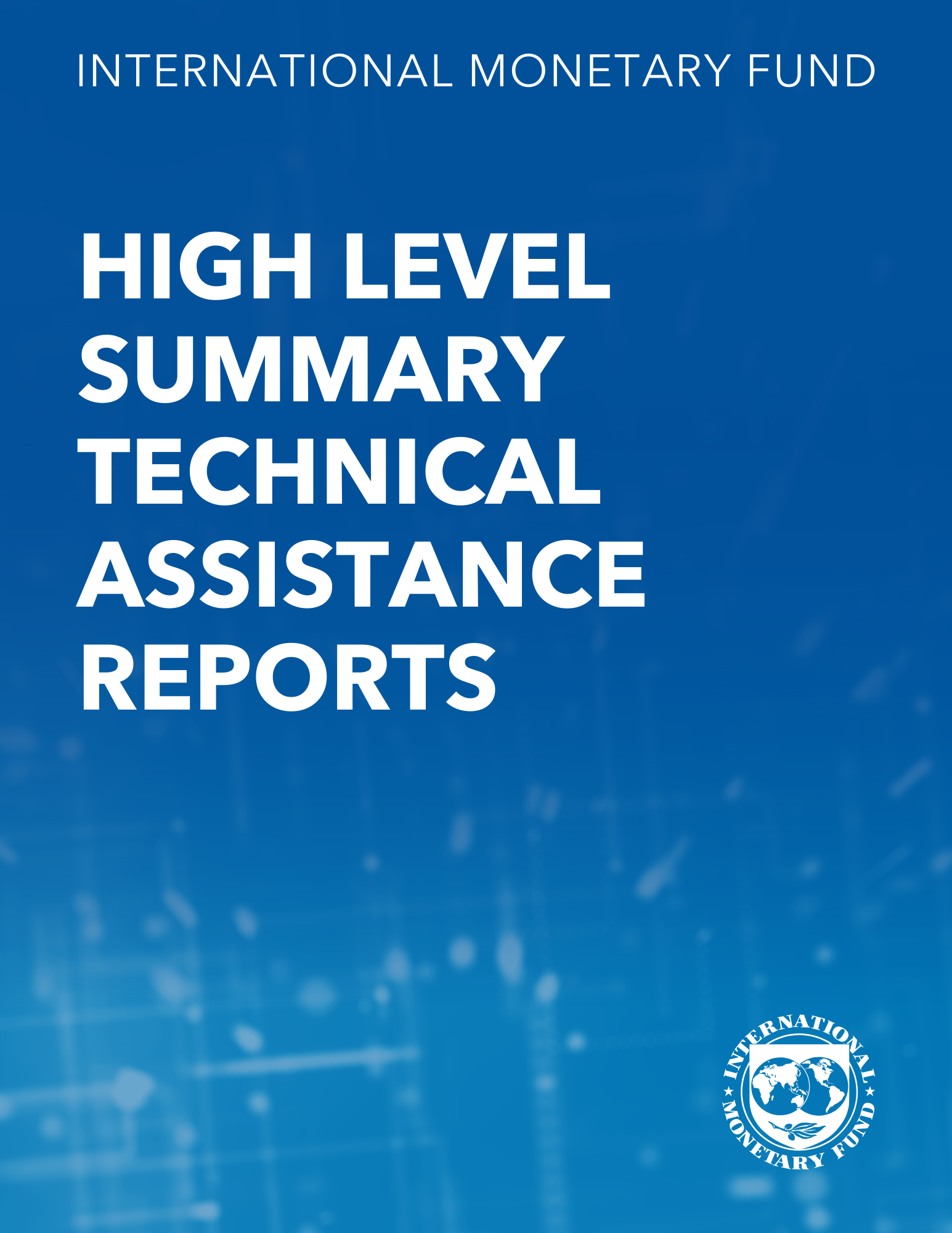Monetary and Exchange Rate Policy of Transition Economies of Central and Eastern Europe after the Launch of EMU
July 1, 1999
Disclaimer: This Policy Dicussion Paper should not be reported as representing the views of the IMF.The views expressed in this Working Paper are those of the author(s) and do not necessarily represent those of the IMF or IMF policy. Working Papers describe research in progress by the author(s) and are published to elicit comments and to further debate
Summary
The more advanced Central and Eastern European Countries (CEECs) face an evolving set of considerations in choosing their exchange rate policies. On the one hand, capital mobility is increasing, and this imposes additional constraints on fixed exchange rate regimes, while trend real appreciation makes the combination of low inflation and exchange rate stability problematic. On the other hand, the objectives of EU and eventual EMU membership make attractive a peg to the euro at some stage in the transition. The paper discusses these conflicting considerations, and considers the feasibility of an alternative monetary framework, inflation targeting.
Subject: Currency boards, Exchange rate arrangements, Exchange rates, Foreign exchange, Inflation, Inflation targeting, Monetary policy, Prices
Keywords: adjustable peg, CEECs, Central and Eastern Europe, country, Currency boards, EMU, EU accession process, EU country, EU inflation, EU level, EU membership, EU tariff, euro, Europe, exchange rate, Exchange rate arrangements, exchange rates, Inflation, Inflation targeting, monetary policy, PDP, transition economies, Western Europe
Pages:
26
Volume:
1999
DOI:
Issue:
005
Series:
Policy Discussion Paper No. 1999/005
Stock No:
PPIEA0051999
ISBN:
9781451972641
ISSN:
1564-5193






